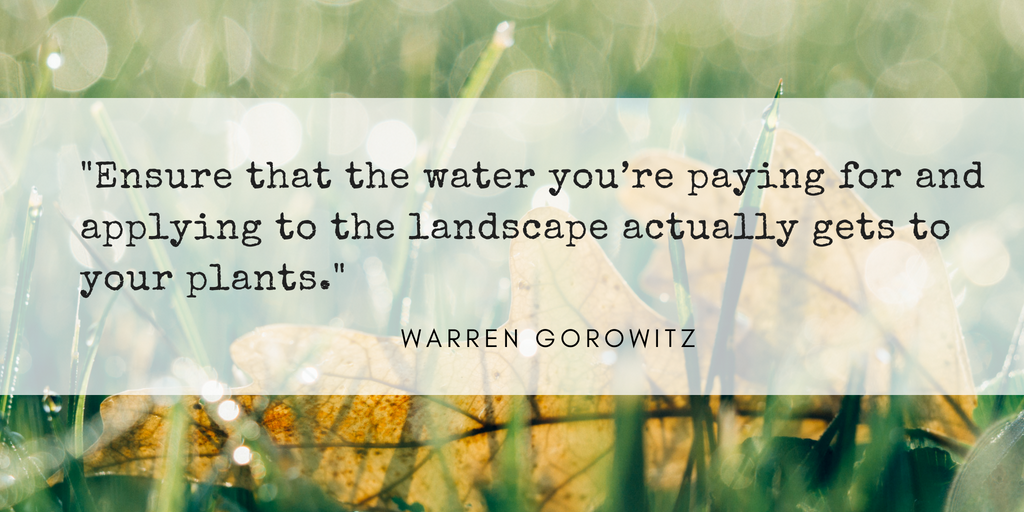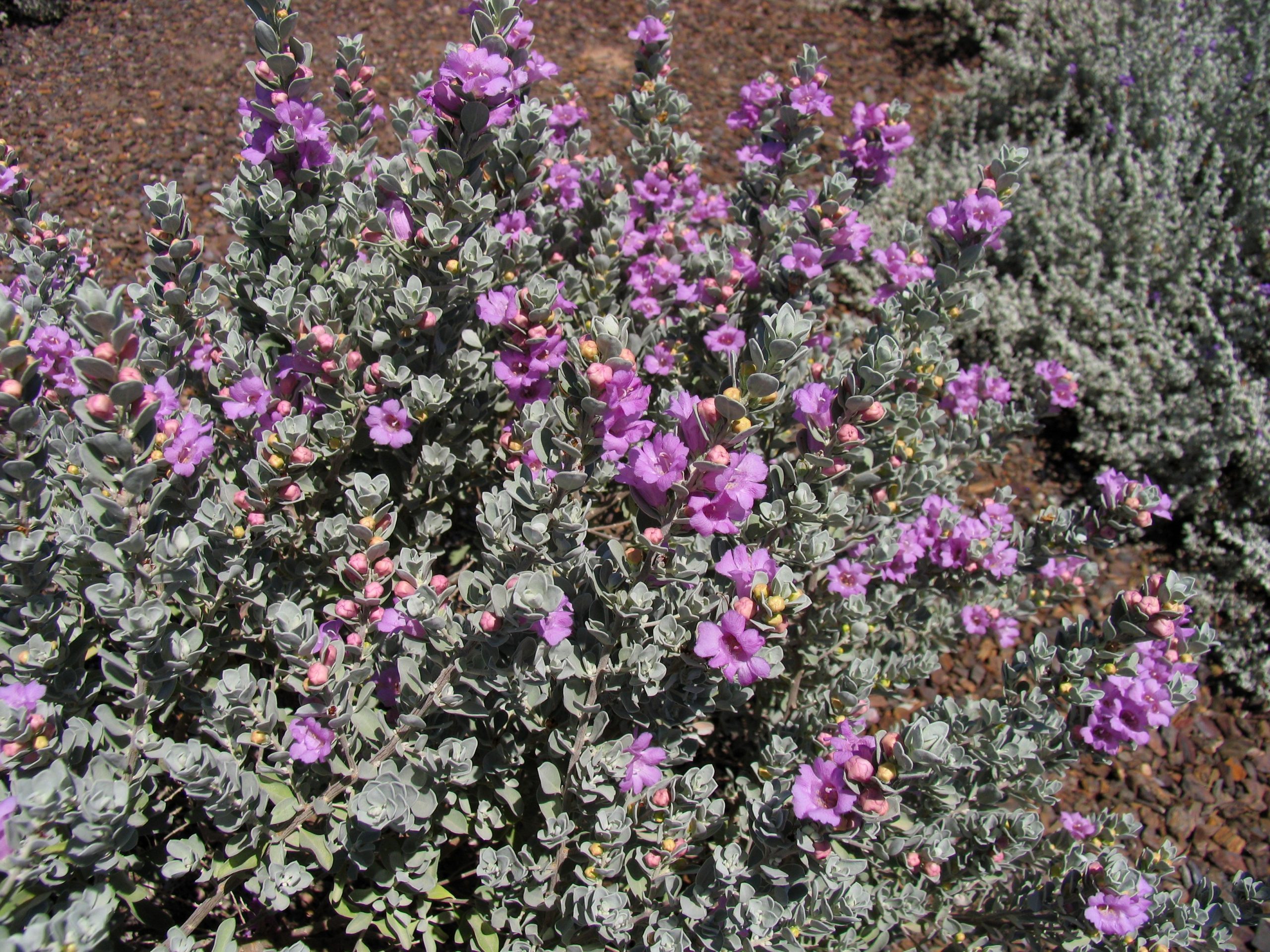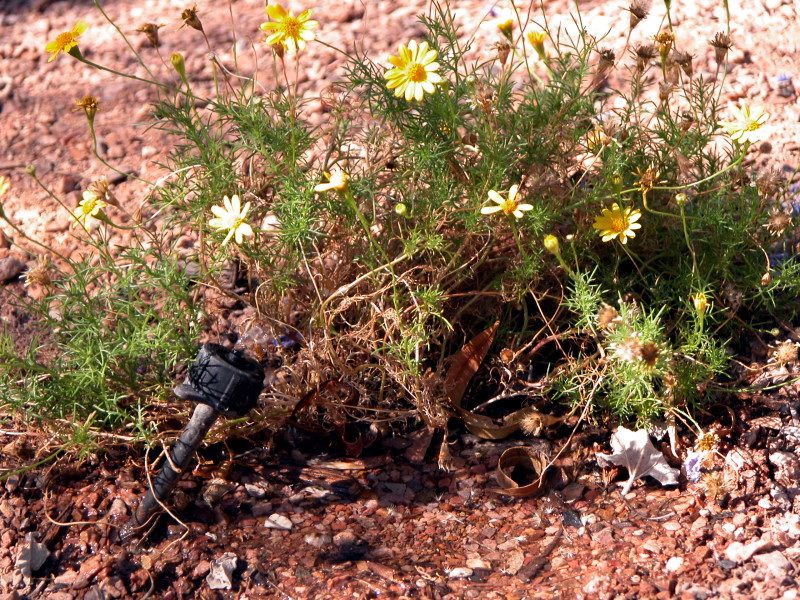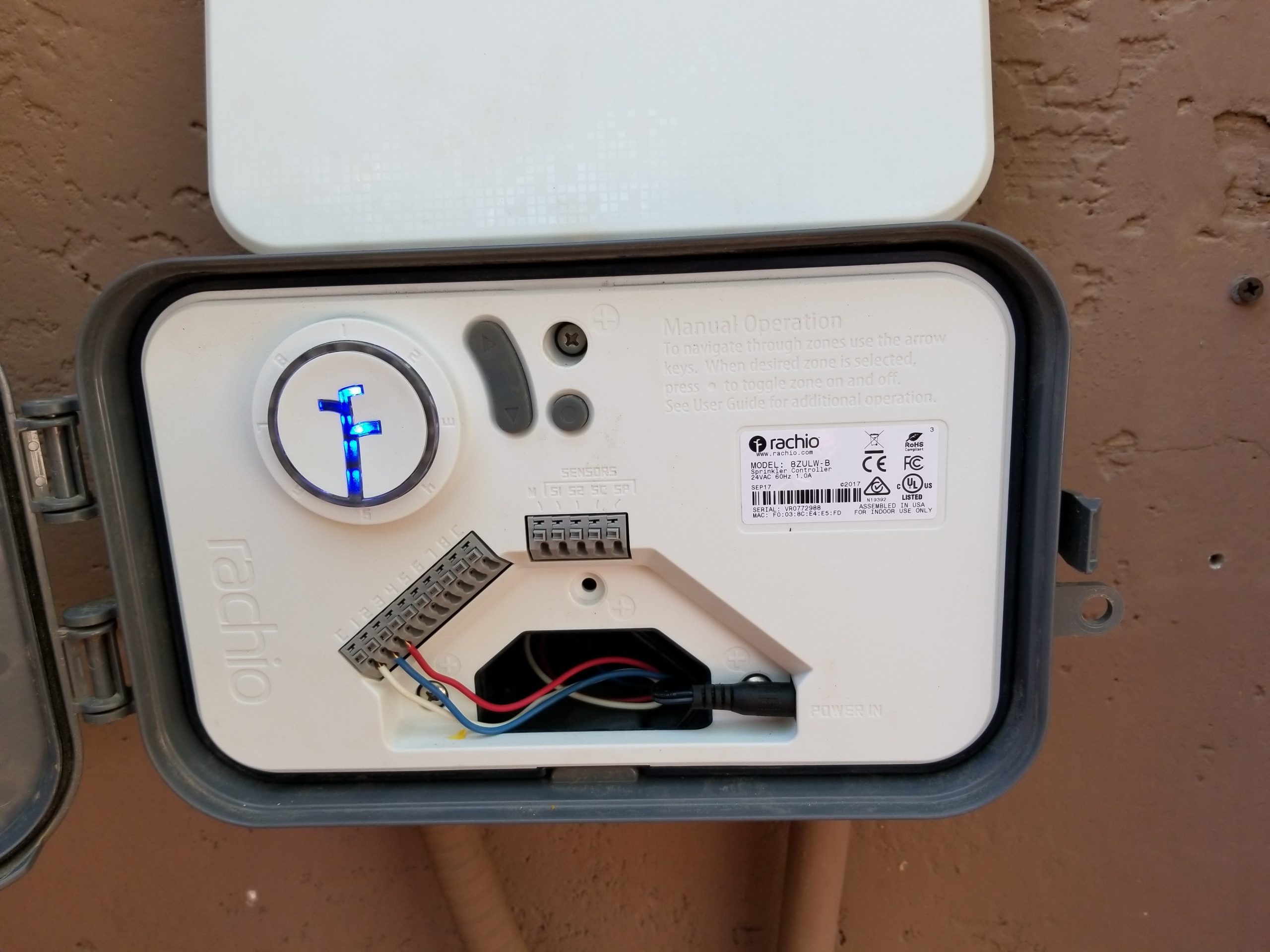So, you’re thinking about installing a new irrigation system or updating the one you already have. There are several steps you can take to create the most efficient system possible, which ultimately will save water, save time, and keep your plants looking beautiful. Water – Use It Wisely asked Warren Gorowitz, Vice President of Sustainability from Ewing Irrigation & Landscape Supply, about the best way to create efficient irrigation systems:
Why is efficiency important when designing a new landscape?
We live in a desert and water is scarce. Efficiency is really about using the appropriate amount of water for the landscape, and not wasting it. That’s the most important consideration. And efficiency starts with the irrigation equipment. It also starts with and continues with how you irrigate your plants and how you schedule your irrigation controller.
What components does my irrigation system need for maximum efficiency?
First and foremost, when installing an irrigation system, it’s important to have a master valve. The master valve looks like any traditional irrigation valve, but it goes before all the other valves and it will prevent you from wasting water. Let’s say one of the irrigation valves happens to stick open at night or when you’re away on vacation. The master valve will close before everything else does so it ensures that you’re not wasting water. Unfortunately, master valves are common on commercial systems but aren’t used as much as they should be on residential systems. Make sure your irrigation controller has a master valve input (this is common with most newer irrigation controllers).
Next, a pressure regulator for your drip zones is a must because it will help ensure that the pressure in your irrigation system isn’t too high. Otherwise, you’ll end up with emitters being blown off of the tubing.
Another key component, the Y-filter or Y-strainer, prevents your drip tubing from clogging. Make sure that you clean your Y-filter at least once or twice a year because sand and dirt will get stuck in it and that will affect the efficiency of your system. It’s easy to do – simply remove the filter, wash it, and put it back.
What types of drip irrigation are available?
There are two types of drip irrigation line. One that has emitters built in and the other uses stand-alone emitters that come in various drip amounts to customize your system based on your plants’ needs. Look for pressure-compensating emitters so that they all use the same amount of pressure regardless of their output, to prevent having too much or too little pressure. Different colors signify how many gallons per hour will be delivered from a particular emitter. For example, a blue is a half-gallon per hour and black delivers one gallon per hour. Red and green both supplies two gallons per hour.
What do I use if I want to add turf to my landscape?
A small area of turf can be a great addition to a low-water-use or Xeriscape landscape. So rather than wall-to-wall grass, think of it as a focal point, a play area for the kids, or a small patch for the dog. The traditional spray-head nozzle, which is what most people would think of when we talk about sprinklers, is not the most efficient variety. Instead, look for multi-stream, rotating stream spray nozzles. The benefit of this type is that it puts out the water in little streams and also moves around. The water stream is also thicker, which means the water ends up on the ground where you want it, not in the air. In contrast, the more typical models, like pop-up sprinklers, put out a fine spray of water that often evaporates quickly or gets carried away by the wind. We aren’t looking for a misting system – we want a lawn watering system.
How do I make all of these parts work together?
Once you’ve got all the irrigation system components installed, or updated if you are working on an existing system, you’ll need an irrigation controller to help regulate when and how much you water. From an efficiency standpoint, a “smart” irrigation controller is the way to go. Smart means that it will make adjustments to the watering schedule automatically based on weather. You will need to have someone set it up initially but once that’s done, the smart controller makes your watering process much simpler. Many of the smart systems connect to the Wi-Fi in your home
The needs of your plants are going to change based on how the weather changes. So unless you are really good about going out and changing your irrigation controller every time the weather changes, then you’ll want to invest in a smart controller. Choosing a model with a rain sensor is also really important because we do get rain in Arizona from time to time and the irrigation system doesn’t need to be running when your area has had a significant amount of rainfall (usually half of an inch or more). Or, consider adding a rain sensor to your existing controller.
The last part of the smart controller system, especially for those who enjoy technology, is the ability to control many of the models from your smartphone. It provides peace of mind knowing you can monitor and update your watering schedule remotely.
Is there anything else I should consider?
More and more irrigation controllers are able to work with flow sensors. You can’t manage what you don’t measure so a flow sensor is really useful for a number of reasons. Everyone has a water meter on the home which tracks the water usage for the entire property. But, if you’re wondering how much water you’re using just for your landscape, a flow sensor can track that. More importantly, let’s say you’re out of town and a couple of your sprinkler heads pop off, the system is running, and now you’ve got water shooting in the air, the flow sensor will shut the valve off and go onto the next valve. Depending on the controller (here’s that smart option again), it may send you an email or text message notifying you that you have a high-flow alert. It prevents water waste and that’s what efficiency is all about. Ensure that the water you’re paying for and applying to the landscape actually gets to your plants.

What if I have an existing system?
While upgrading a system yourself is certainly an option, hiring a professional can save you time and potential headaches. Hiring a professional means having somebody that does this for a living every day. They know all the tricks of the trade. They know all the secrets. They know all the traps and the things that you need to know about to make sure the system is running properly. Because that’s the thing about an irrigation system that we tend to forget about – you can’t just put it in and not touch it. It’s like a car – it needs care and maintenance. In Arizona, the Arizona Landscape Contractor’s Association is a great place to start to find a landscape professional with irrigation expertise.
Once my system is installed or updated, how often does it need maintenance?
It’s a good idea to do a general inspection monthly. The more detailed maintenance, such as cleaning Y-filter and walking your system when it’s running to check for leaks, should be done quarterly, or at a minimum, twice a year. If your irrigation controller is a model that uses batteries, add checking and changing out the batteries to your maintenance checklist.
How can I find out how much and how often to water my plants?
You’ve got your system installed and your plants are in the ground. Now you need to figure out how much and how often to water. Landscape Watering by the Numbers is a Water – Use It Wisely guide that is created to help residential homeowners figure out exactly how much water to provide to your landscape. Even with a good controller, you still need to know how much water your plants need and how to best get that water to your plants, and this is what that guide helps to do. For example, the water demand of your plants actually falls slightly in July, and even more so in August even though it feels miserable to us. Plants love the humidity and actually lose less water.

How can I find out how much and how often to water my plants?
Many of the irrigation experts estimate that up to half of the water used to irrigate landscapes is wasted due to evaporation, wind or runoff caused by poorly adjusted sprinklers, improper design, or overwatering. Following good irrigation practices and utilizing some of the newer irrigation technology available can help you create and maintain a healthy, beautiful, and water-smart garden and landscape.
You’ve got your system installed and your plants are in the ground. Now you need to figure out how much and how often to water. Landscape Watering by the Numbers is a Water – Use It Wisely guide that is created to help residential homeowners figure out exactly how much water to provide to your landscape. Even with a good controller, you still need to know how much water your plants need and how to best get that water to your plants, and this is what that guide helps to do. For example, the water demand of your plants actually falls slightly in July, and even more so in August even though it feels miserable to us. Plants love the humidity and actually lose less water.
Any final words of wisdom?
Many of the irrigation experts estimate that up to half of the water used to irrigate landscapes is wasted due to evaporation, wind or runoff caused by poorly adjusted sprinklers, improper design, or overwatering. Following good irrigation practices and utilizing some of the newer irrigation technology available can help you create and maintain a healthy, beautiful, and water-smart garden and landscape.
Still looking for more help with your irrigation system? You might also like these articles:
- Hiring An Irrigation Specialist
- How to Use Olla Irrigation
- Get Your Irrigation System in Order this Fall
- Time to Program Your Irrigation Timer
The Water – Use It Wisely campaign was started in 1999 to promote an ongoing water conservation ethic among Arizona’s rapidly growing population. Today, there are 20 Water – Use It Wisely partners that offer water-saving advice and programs.



